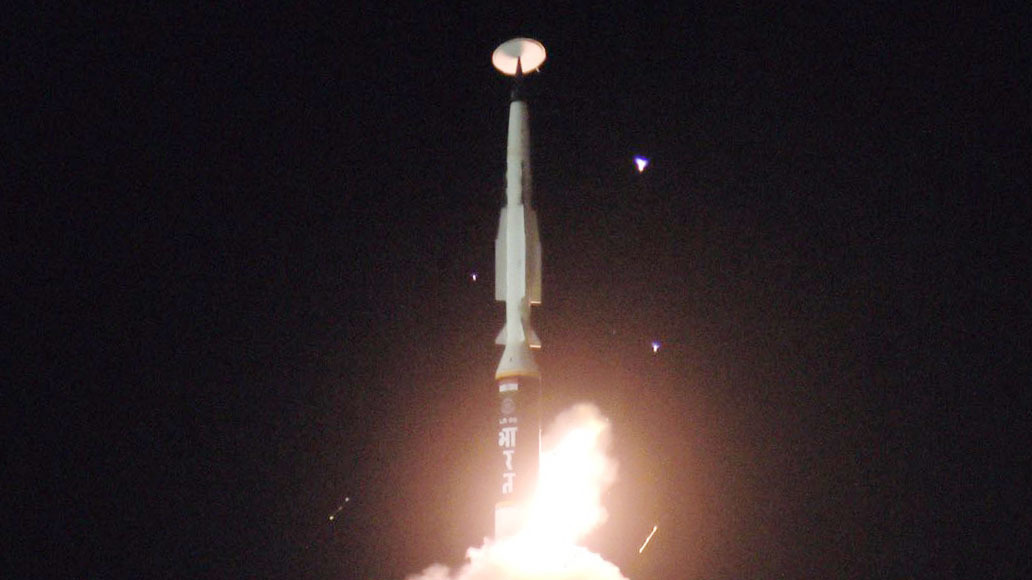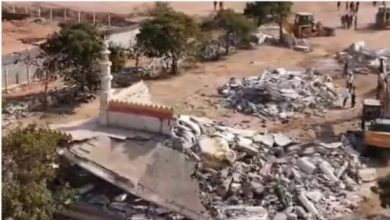India’s hypersonic missile claims facing growing skepticism amid technical setbacks

New Delhi: India’s ambitious claims of advancing its hypersonic missile technology are facing growing skepticism as technical shortcomings and a heavy reliance on foreign expertise raise doubts about the program’s true capabilities.
According to Kashmir Media Service, despite bold announcements, defense analysts say, India’s hypersonic missile project, which is meant to position it as a global leader in advanced weapons technology, is marred by numerous challenges that undermine its credibility.
India’s claims of developing sophisticated hypersonic systems, designed to fly at speeds exceeding Mach 5 and evade missile defense systems, are increasingly questioned due to the country’s reliance on imported scramjet technology.
The integration of foreign components, particularly from Russia, such as the collaboration in the BrahMos-2 missile project, exposes India’s inability to independently develop critical propulsion systems, the experts added. While India has highlighted its success in launching hypersonic tests, reports suggest that these were conducted in controlled environments, without real-world validation, leaving the practicality and reliability of the technology unproven.
One of the most glaring issues is the absence of any operational hypersonic systems. In contrast to China and Russia, which have already demonstrated and deployed advanced hypersonic weapons, such as the Avangard and DF-17, India has failed to field any tested, operational models. The lack of deployment raises serious questions about the maturity and operational readiness of India’s hypersonic missile program.
Further undermining India’s claims is the incomplete development of heat-resistant materials essential for hypersonic flight, which is critical for withstanding extreme speeds and temperatures. The country’s technological gap in this area leaves its hypersonic missile systems vulnerable to failure. Additionally, reports of failed tests, which have been downplayed or omitted in official statements, indicate that India’s progress is not as smooth as its public narrative suggests.
Analysts gave an example of a recent past incident involving an Indian missile that fell in Pakistan, which, they say, further highlights the technical vulnerabilities within India’s missile programs. The missile crashed in Pakistan, prompting serious concerns over the reliability of India’s missile technology. This mishap suggests that India’s missile systems still lack the precision and dependability required for real-world application, casting doubt on the country’s claims of mastering hypersonic flight and missile development.
India has also failed to demonstrate the ability to counter advanced air defense systems, such as China’s HQ-19 or Russia’s S-500, which are designed to neutralize hypersonic threats. Without the capability to defeat these systems, India’s hypersonic weapons appear to fall short when compared to the technological prowess of China and Russia.
Despite these setbacks, India has continued to boast about its missile program, but the lack of independent verification and transparency further erodes global confidence in the country’s claims. Unlike its adversaries, India has not subjected its hypersonic systems to independent international evaluation, which limits the credibility of its assertions.








